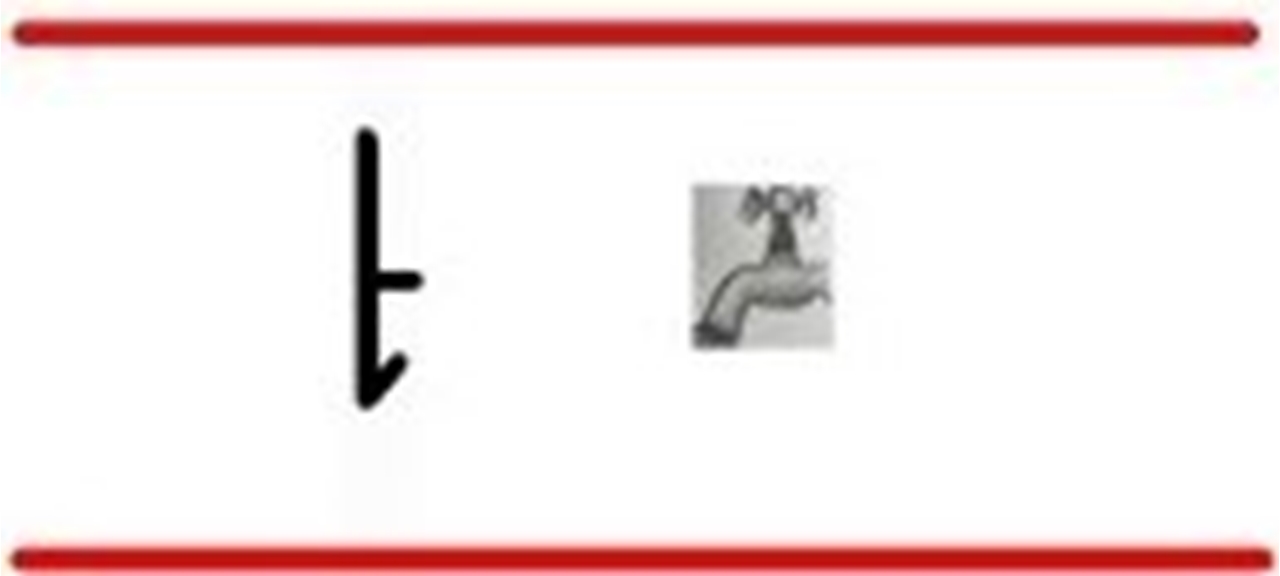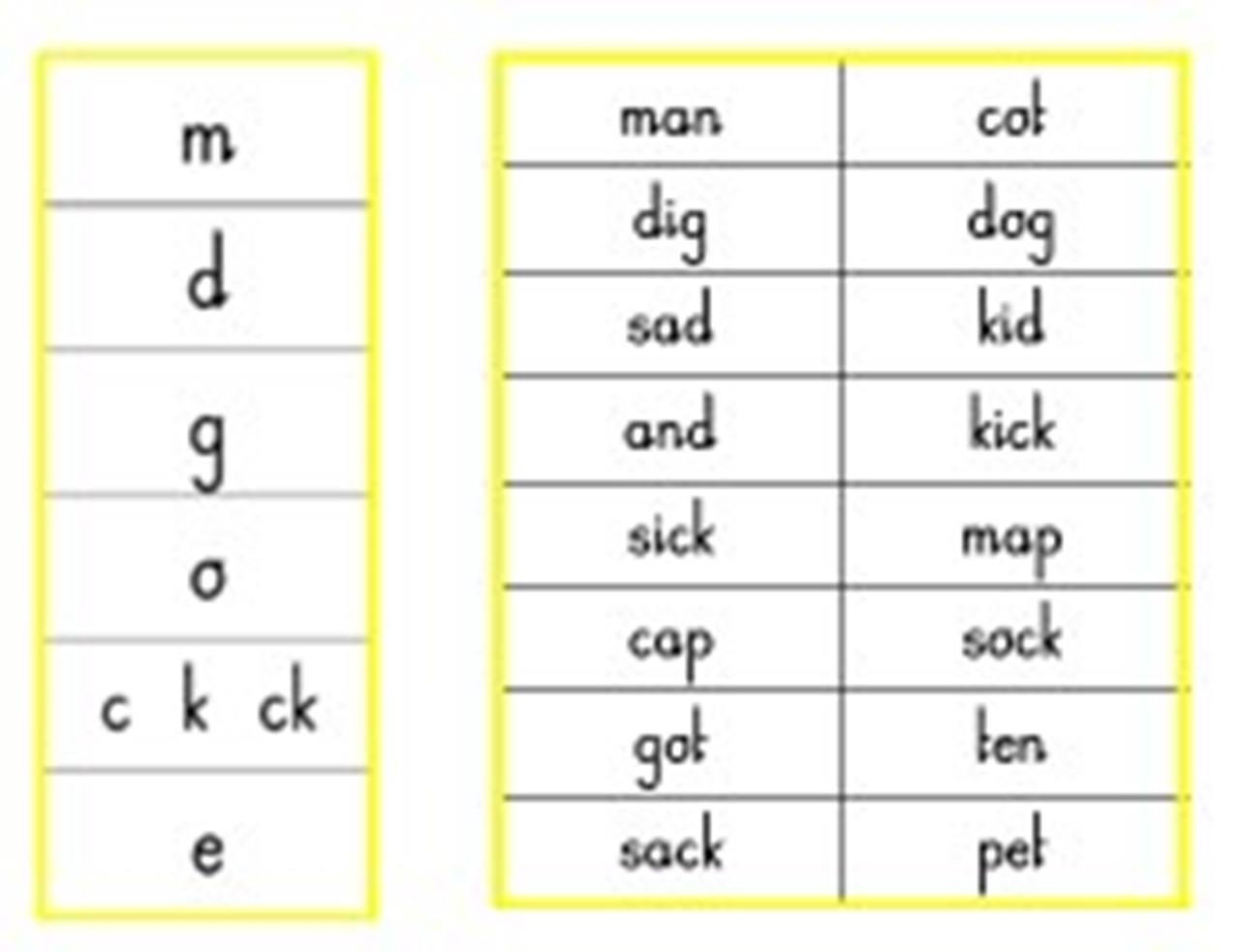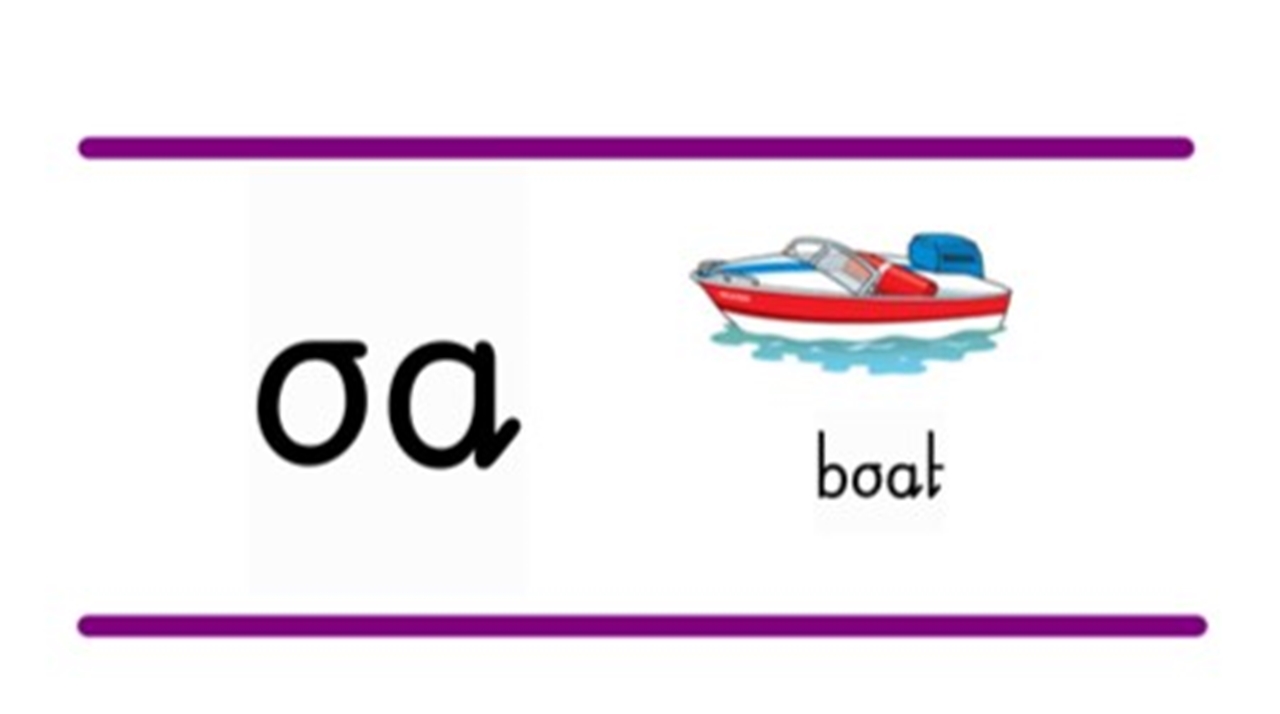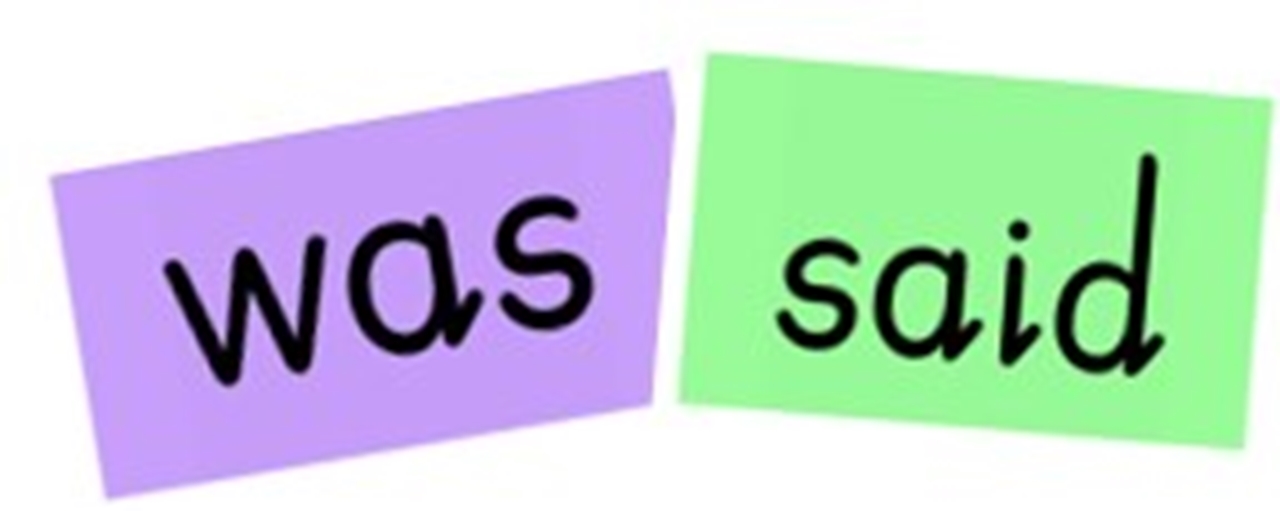Phonics
Here at St Margaret's we have a bespoke phonics scheme of work that is designed to ensure every child learns the knowledge they need to read and write fluently.
What is Phonics?
Phonics is the reading and spelling of words using prior knowledge of the sounds letters make.
It helps us to make sense of the wide ranging letter combinations and spelling patterns we have in the English language and learn them is a systematic order using a cumulative and rigorous approach.
How does it work at St Margaret's?
Phonics lessons are taught at the start of every day in Reception, Year 1 and Year 2. The lessons follow a very structured approach to ensure an appropriate amount of revision, rehearsal, new learning, practice and application of knowledge takes place.
Our resources are presented using the Kinetic Letters font in line with our handwriting scheme.
From the beginning of the Reception year, or sooner if appropriate, children are taught to recognise individual letters by speaking the corresponding sounds they make in words. We refer to these as GPCs which stands for Grapheme Phoneme Correspondences.
To support children we have a memorable word and action for each one. These are rehearsed daily and applied to read and spell words. Each week children learn or consolidate four new letters/letter combinations and the sounds they make.
For example, when learning to read the letter t, we teach children that the letter makes the sound 't as in tap.' We perform a miming action of turning on a tap as we say it to aid their memory.
The first six GPCs are 's a t p i n.' Once children can recognise these they are taught to read words containing those letters such as:
As children progress through our phonics programme they take home copies of the GPCs they have been taught along with coloured sets of words so that they can apply their knowledge to read words.
The second set of GPCs and word selection containing those GPCs looks like this…
Throughout Reception and beginning of Year 1 children continue on to learn more complex GPCs and apply this knowledge to read and write a range of words. Please refer to our Overview for more detail.
Reading
When we are reading, many words need to be decoded by recognising the letters or groups of letters within them and recalling the sounds they can make.
For example, when we read the word ‘boat,’ we need to recognise that ‘oa’ combined make a different sound to ‘o’ and ‘a’ individually. If we know this, we can then ‘sound and blend’ the word to decode it, ‘b-oa-t boat.’
Our method for decoding is:
-identify letter combinations
-sound and blend them
-say the word.
Writing
Similarly, when we are spelling/writing words, we need to know which graphemes/letter combinations represent the phonemes/sounds we can hear in the word we want to write.
For example, if we need to write the word ‘top,’ we need to segment it into the smaller units of sound within it. We teach our children to do this confidently and rehearse it verbally with lots of words every week. We say, ‘the word is top – segment, t-o-p.’
For many words children have to choose which grapheme/letter combination is the correct representation of a phoneme/sound.
For example to write the word ‘concrete’ we need to segment it into spoken sounds. ‘c-o-n-c-r-ee-t.’ We need to select the correct version of ee. If it’s not a word we know then we can ‘ask the question.’ ‘Is it ‘ee as in tree, ea as in beach, e-e as in athlete, etc.
Alternatively, we can refer to our individual letter charts to assist us in selecting the correct grapheme e-e.
Our method for segmenting is
-‘the word is ……..’
-segment, (using fingers to signify number of phonemes)
-write the word.
Tricky Words and Common Exception Words
Phonic knowledge cannot be successfully applied to decode all words. There are many words that may contain a ‘tricky’ part and so not all of the sounds ‘work.’ We refer to these as tricky words and teach children to decode these by acknowledging the tricky part, sounding and blending the other phonemes and ultimately have instant recognition of the word.
We also put very common words under regular review and refer to these as 'on the go' words. During the phonics lesson children are given 4-6 words per week to rehearse with the aim of having instant recognition of these by Friday.
We hope you find this information useful. Please also refer to the other documents listed for more information.








